Carifac'Arte
Carifac’Arte S.r.l., the instrumental company of Fondazione Cassa di Risparmio of Fabriano and Cupramontana, was established on 19th July 2018.
Carifac'Arte manages the Le Conce complex, aiming at revitalizing and bringing to light the "shops of ancient crafts". Its premises host the Open Paper Mill, with the workshops for the preparation of paper form and production, the new Ruggeri Mannucci Museum, and the multimedia room.
Carifac'Arte, designed to support the operations of its parent institution, will take care of the planning, production and communication of activities and events in the musical, literary, theatrical and editorial fields, in addition to the promotion and enhancement of artistic activities and cultural heritage...
Property recovery project "LE CONCE"
The "Le Conce" complex is located in an area of the city that has historically been the site of numerous factories, which, using the water of the Giano river, dedicated themselves to working leather. Since the fifteenth century, the tanneries have been a thriving and well-known industry in the Fabriano area. The building that is now home to Carifac’Arte is composed of two parallel buildings, joined by two high passages; on the upper floors, as they are former tanneries, there are the typical openings of drying rooms or drying racks, shielded by a sort of wooden grating. Following the prolonged state of abandonment of the building and the serious damage caused by the earthquake of 1997, it was decided to proceed with a real structural and functional recovery, achieved thanks to Fondazione Cassa di Risparmio of Fabriano and Cupramontana with the participation of a local cultural association that used the funds deriving from a solidarity initiative of Italian banking foundations. In 1997, therefore, the entire building was the subject of an important restoration and rehabilitation operation and the old building was transformed into a structure of public interest.
Fabriano city of the paper
Fabriano, a UNESCO Creative City for Crafts and Popular Arts, is known worldwide as the City of the Paper. Paper production in Fabriano dates back to the second half of the 13th century. The paper was not invented here, but the technological innovations introduced by Fabriano paper makers (sheet sizing with animal gelatine, hydraulic multi-jumper pile, application of the "signum" or watermark) allow the town of Marche to be given the status of "cradle of western card ”. This phase of flowering and development, however, is followed by a reversal of the trend that can be placed temporally between the end of the sixteenth century and the eighteenth century, due above all to the competition of French, Dutch and English manufactures, which began a production of paper more suited to the new mobile printing systems. In this scenario, in 1780, Pietro Miliani (1744-1817) established a paper manufacturing company with Count Antonio Vallemani, owner of a local paper mill, which quickly took on a leading role in the sector. After his death, Giovanni Battista Miliani, the last great representative of the family, transforms the company into an industrial reality of primary importance, which, in temporal continuity, still today, albeit with different ownership structures, continuously produces the paper in Fabriano since 1300.
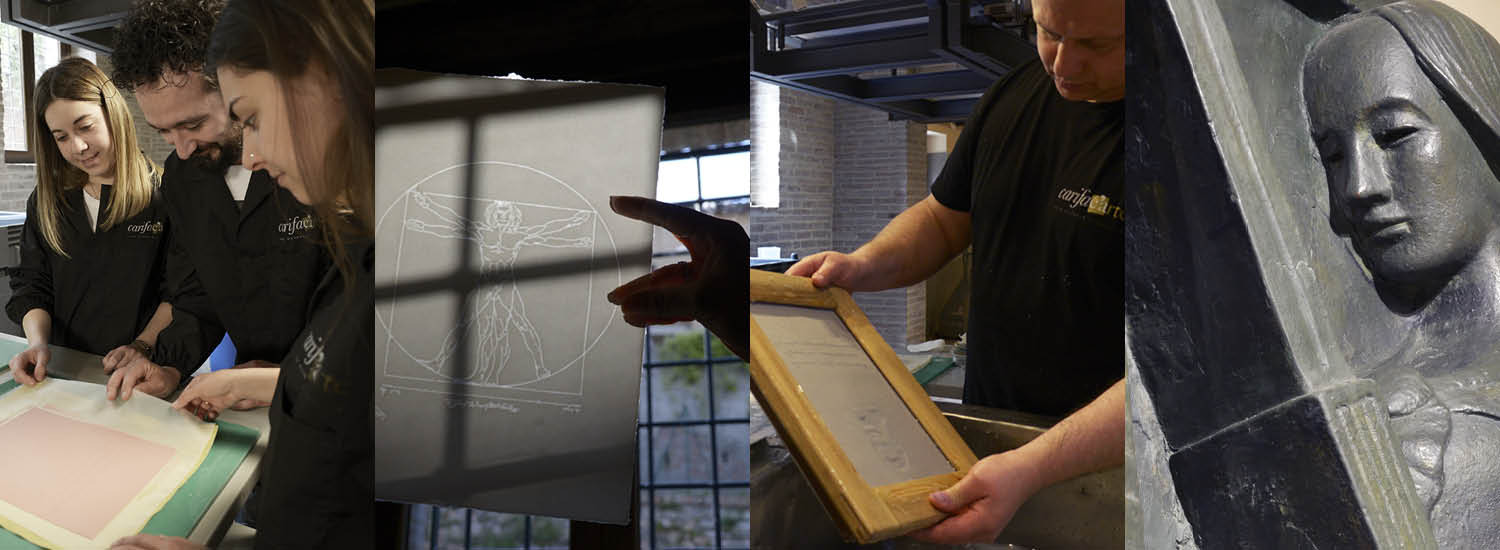
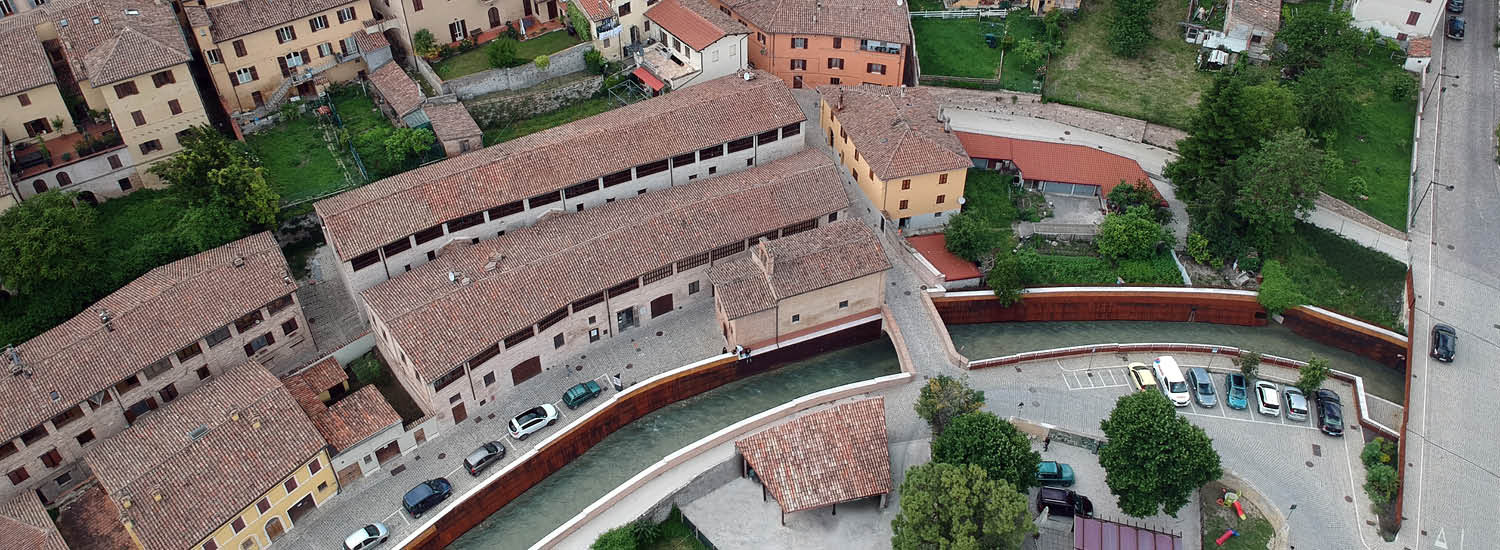
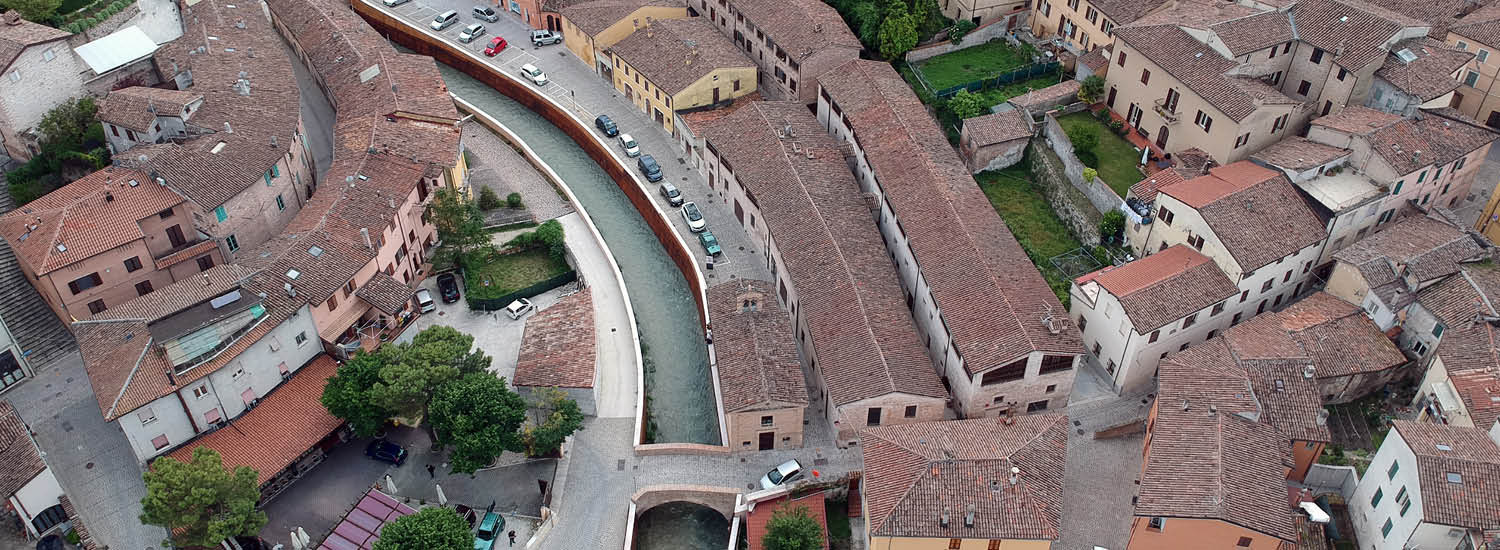
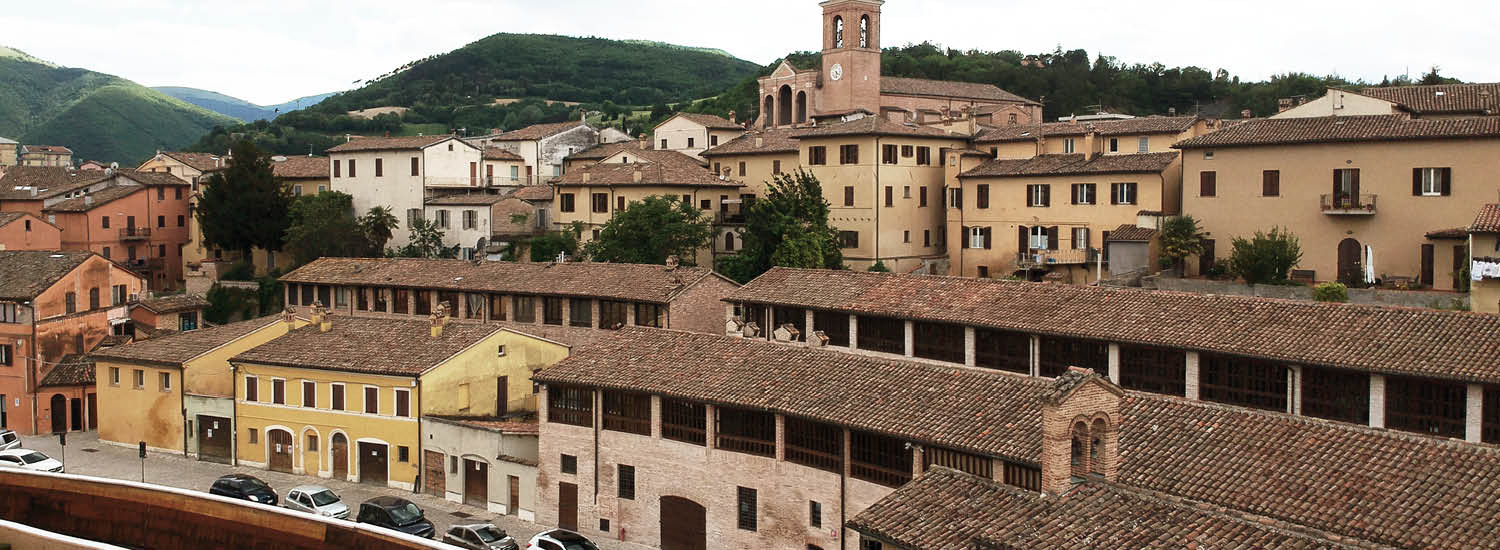
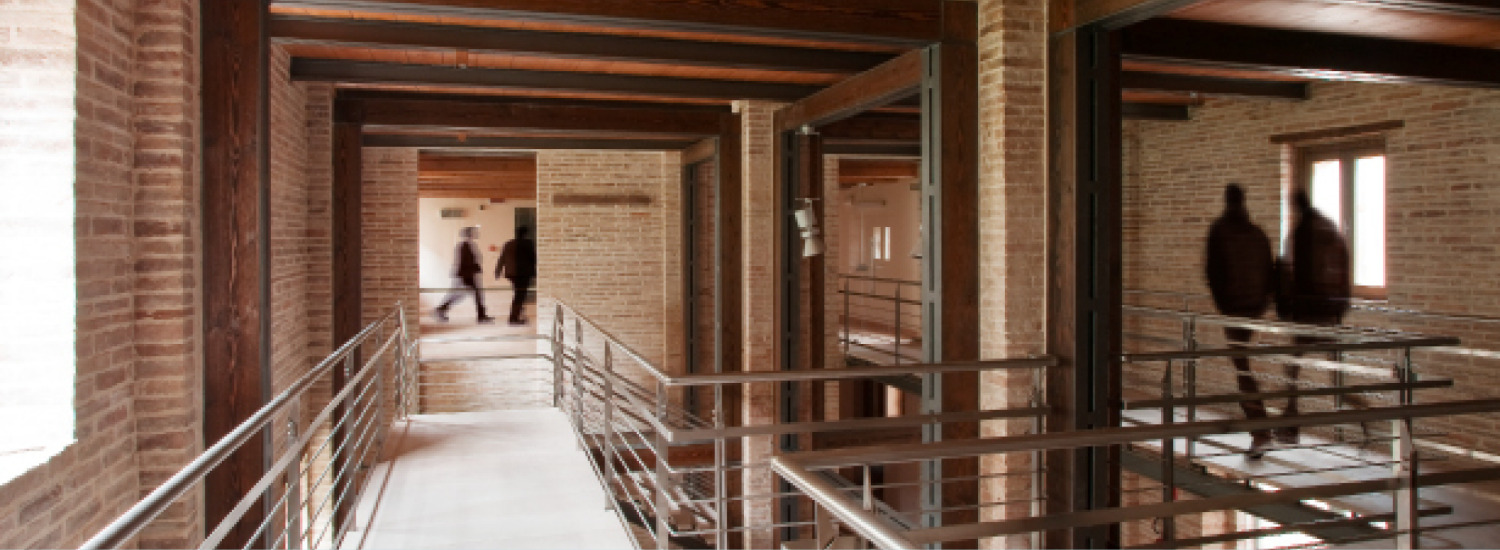
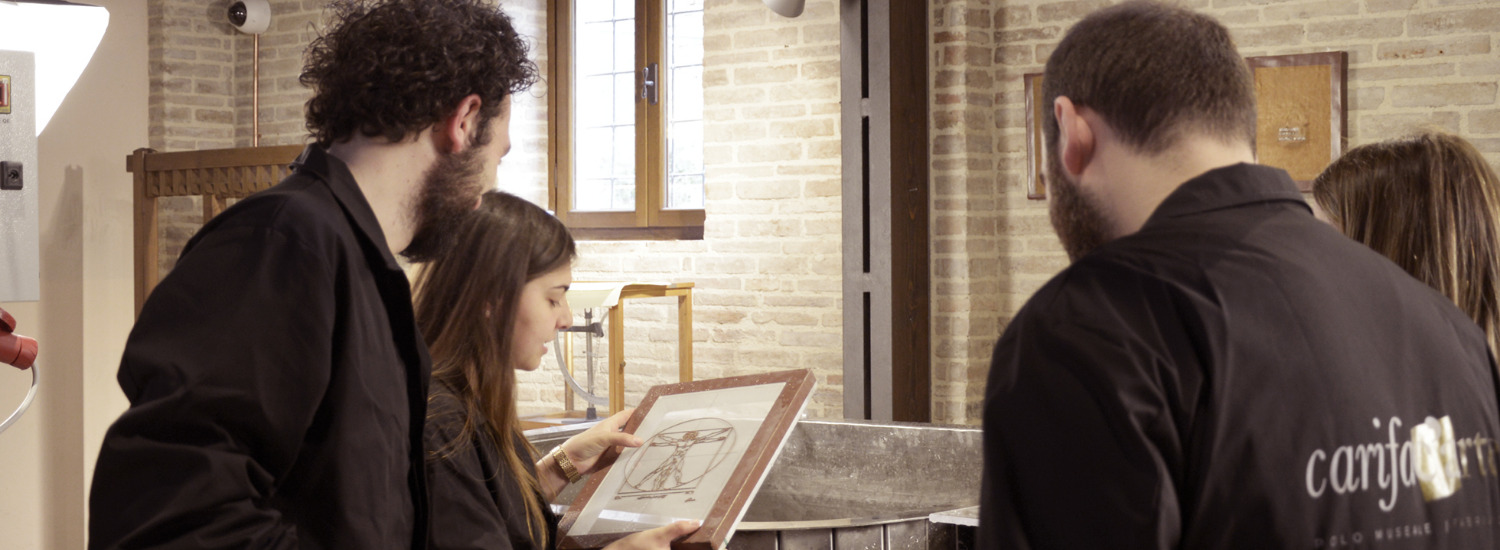
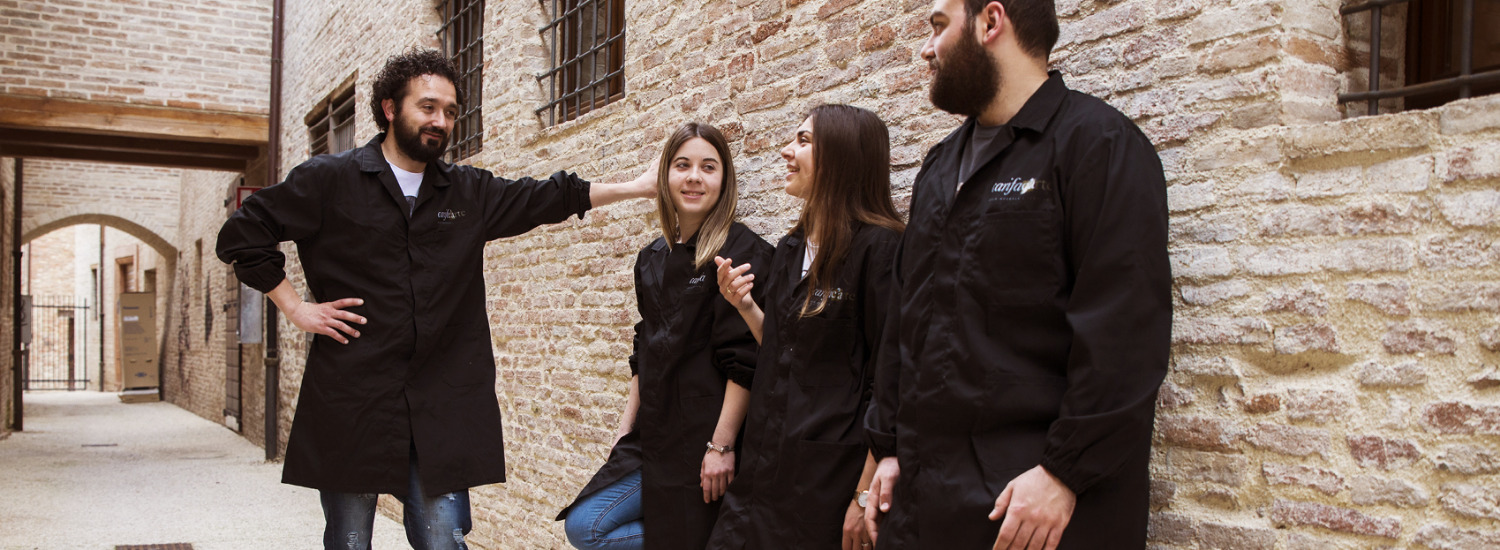

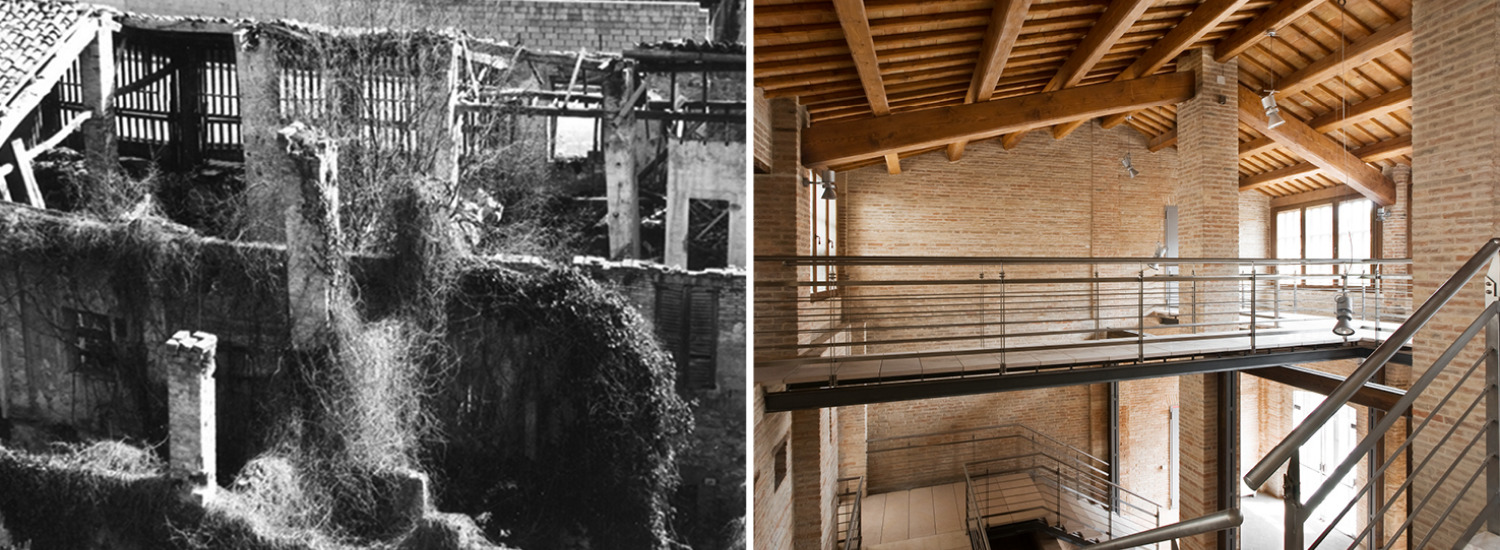
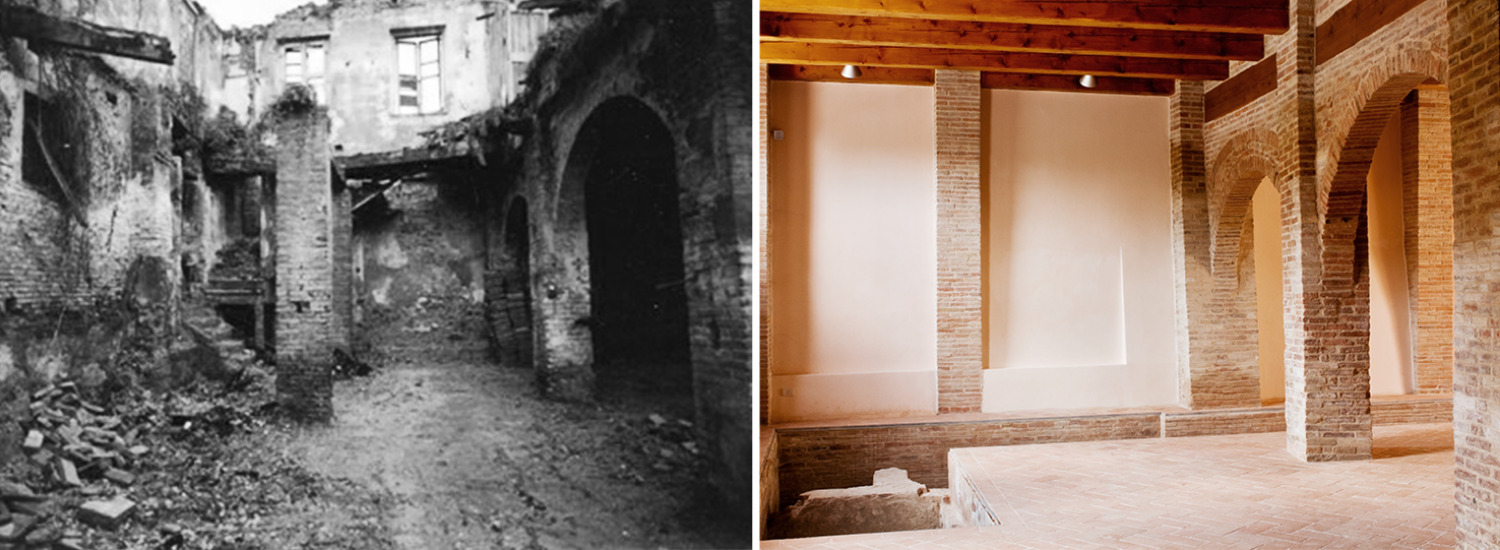
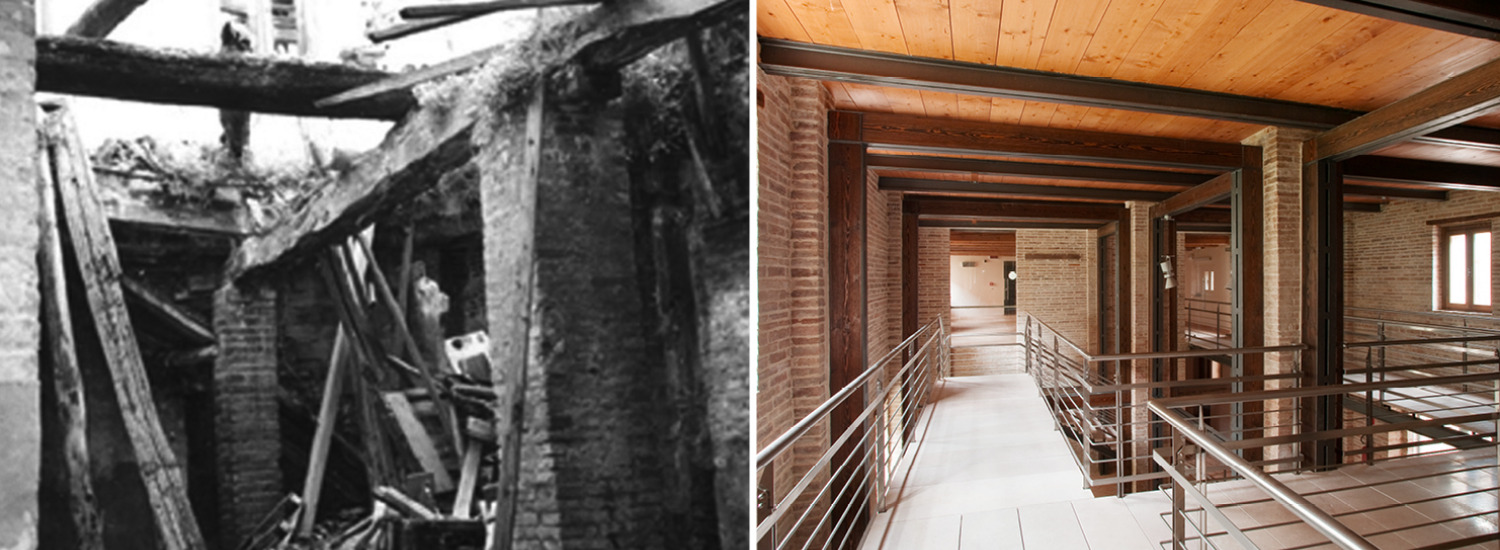
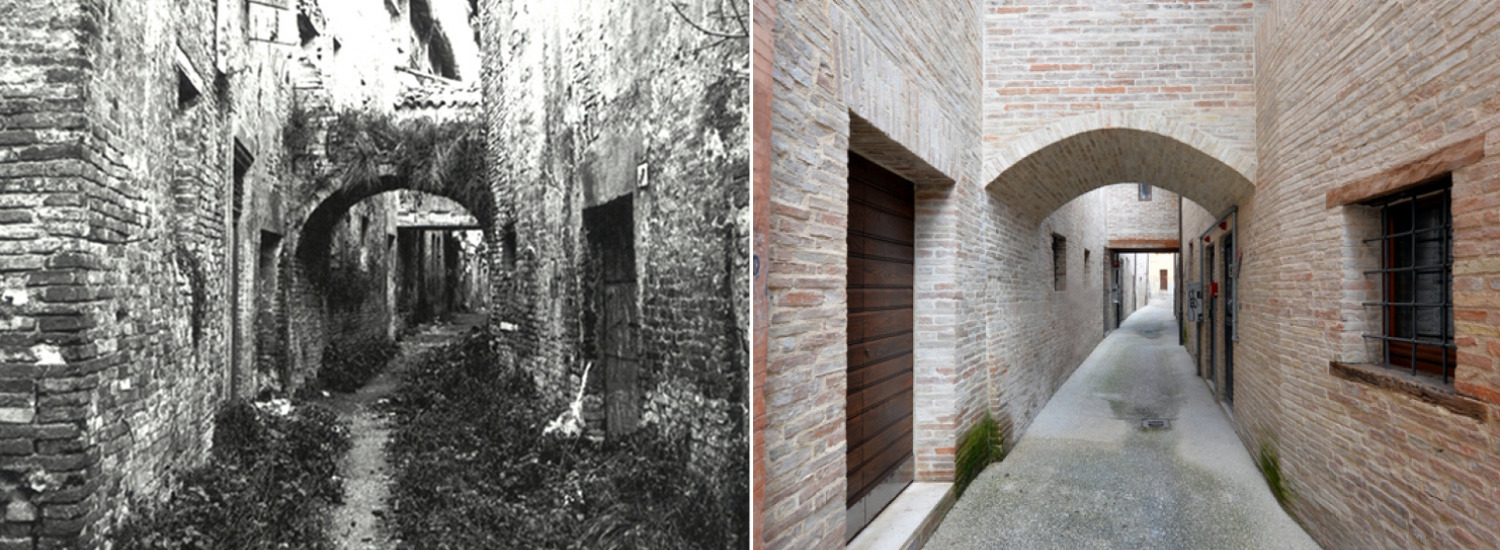
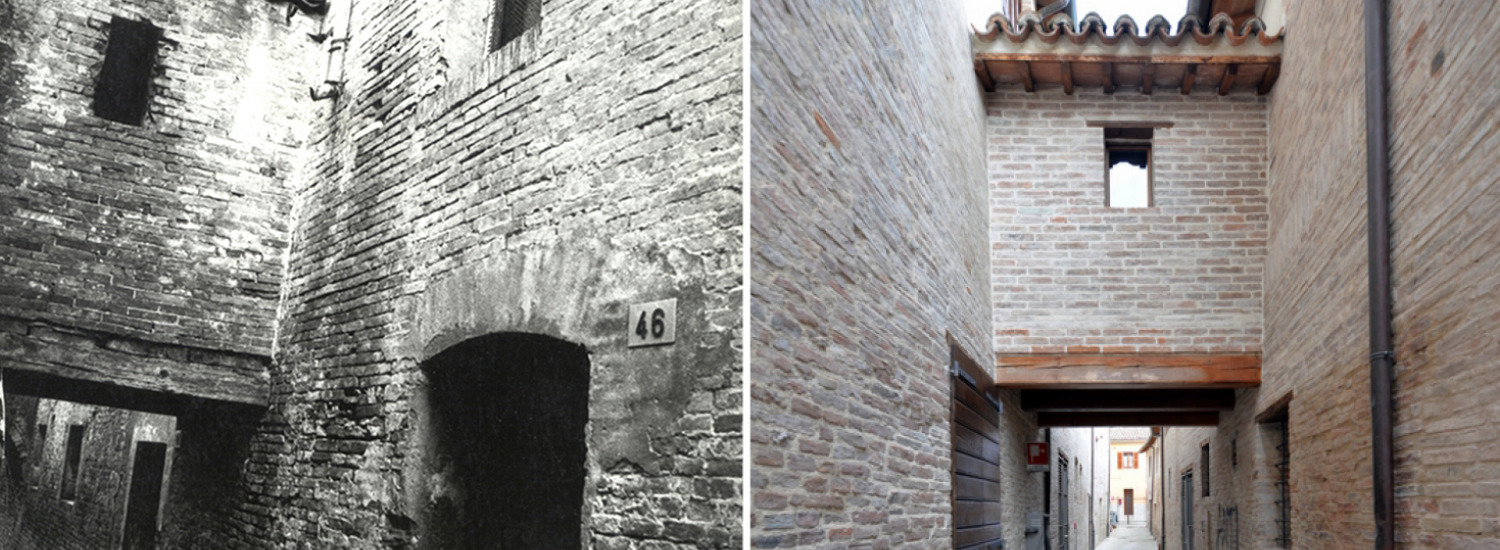
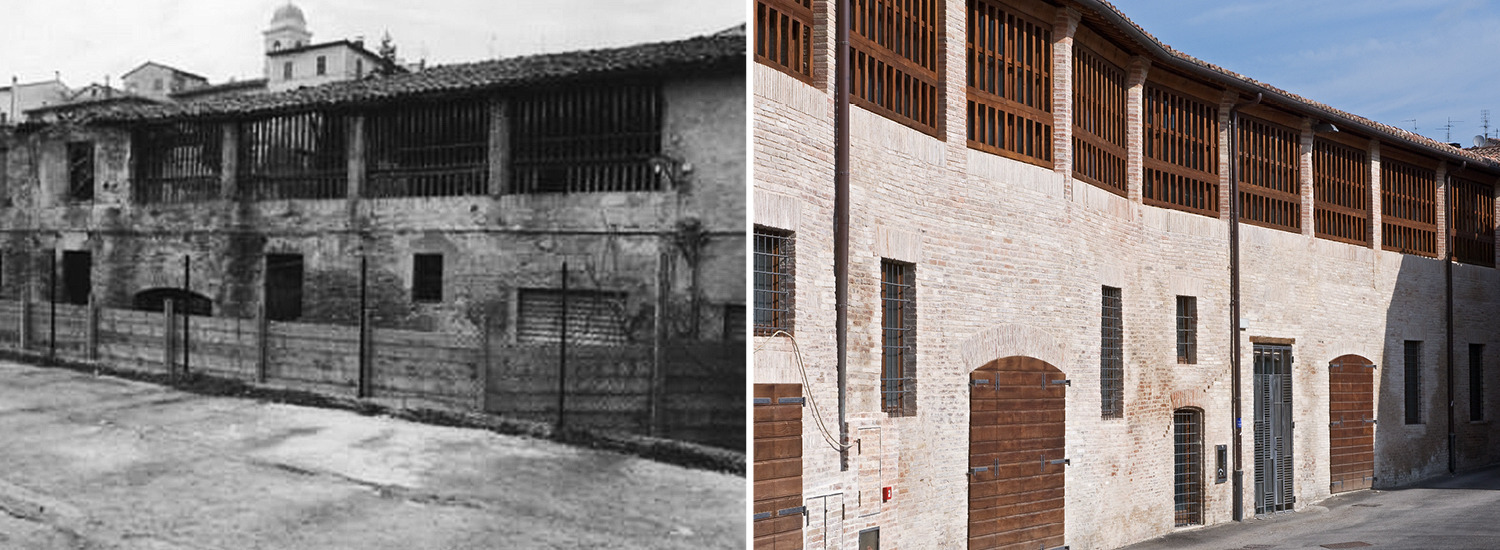
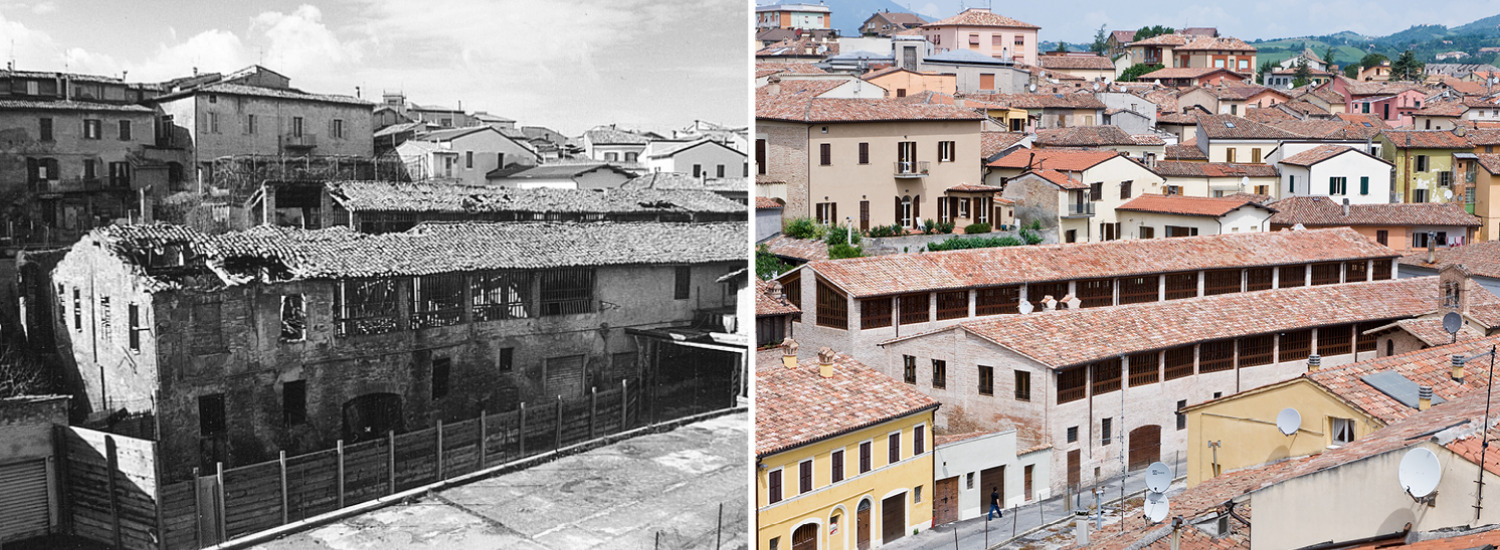


 The project
The project Museum
Museum Training
Training Store
Store News
News Deba Soul&Sushi
Deba Soul&Sushi